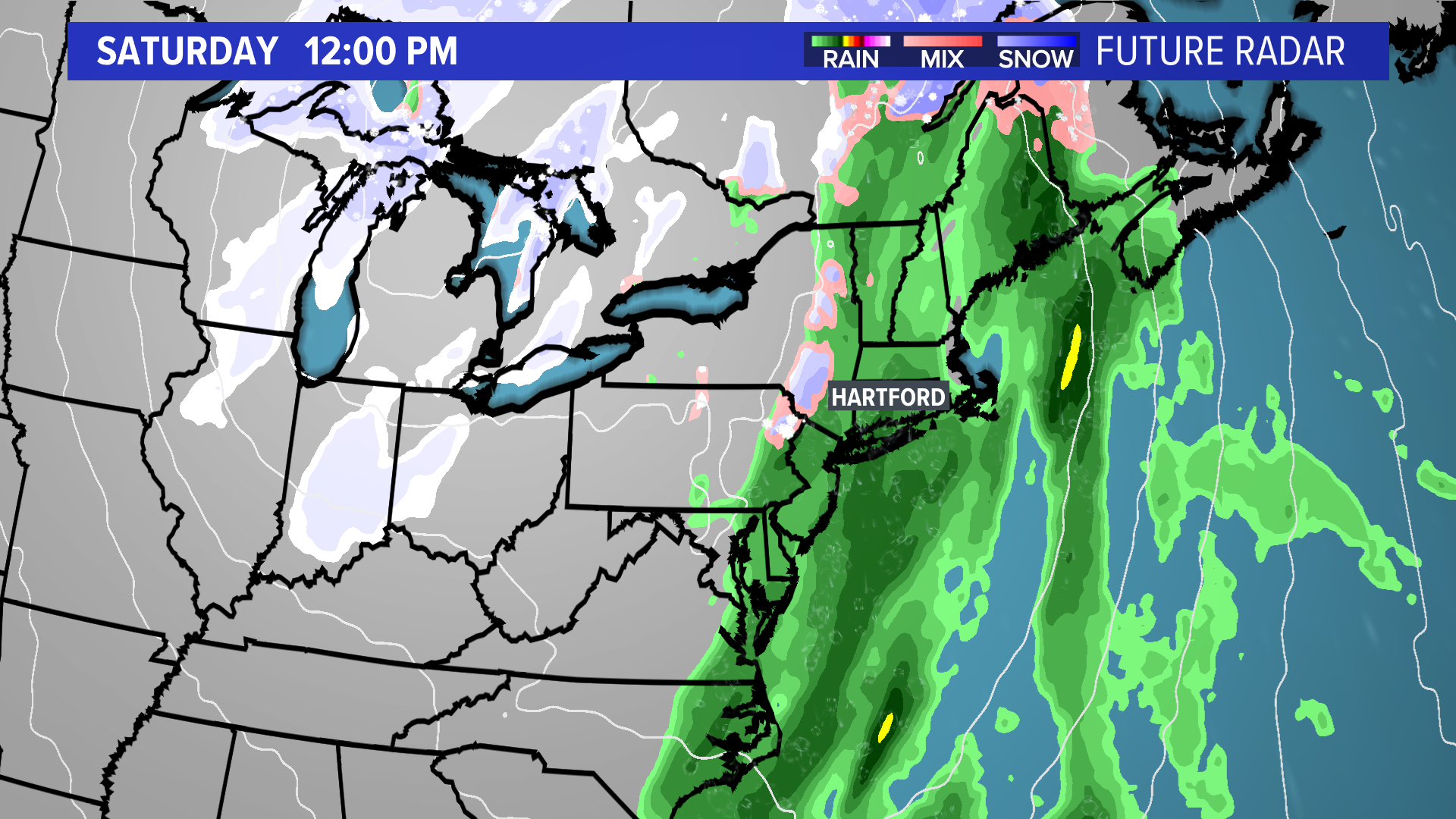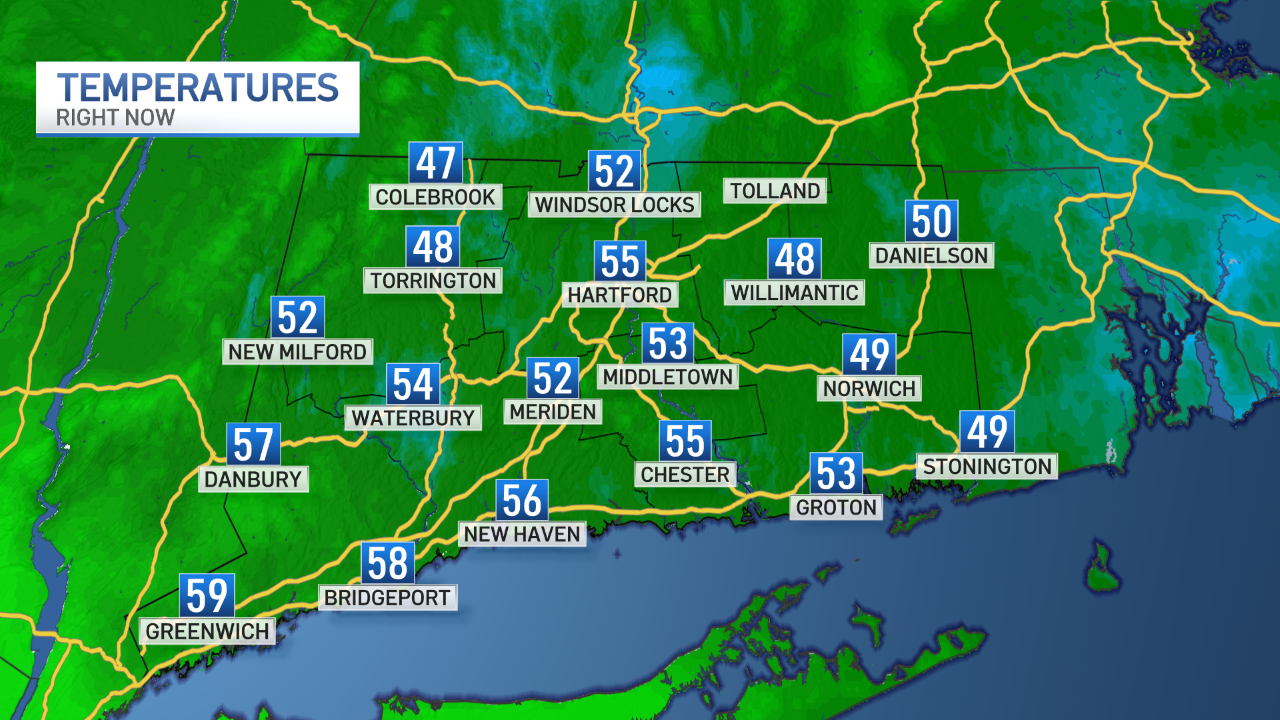Overview of CT Weather Radar

CT Weather Radar has a rich history, dating back to the early days of weather forecasting. In the 1950s, the first weather radar systems were developed and installed in Connecticut. These early systems were used to track the movement of storms and provide warnings to the public. Over the years, weather radar technology has evolved significantly. Today, CT Weather Radar uses state-of-the-art Doppler radar systems that can provide detailed information about the structure and movement of storms.
CT Weather Radar is an essential tool for weather forecasters. It provides them with the information they need to issue timely and accurate forecasts. Weather radar data is also used by emergency managers to prepare for and respond to severe weather events.
There are two main types of weather radar used in CT:
– WSR-88D radar: These are the most common type of weather radar in use today. They are Doppler radars, which means that they can measure the velocity of precipitation particles. This information can be used to determine the direction and speed of storms.
– TDWR radar: These are newer type of weather radar that is used at airports. They are also Doppler radars, but they have a higher resolution than WSR-88D radars. This allows them to provide more detailed information about the structure of storms.
The process of collecting and interpreting weather radar data is complex. Weather radar systems emit a beam of electromagnetic radiation into the atmosphere. When the beam encounters precipitation particles, it is scattered back to the radar. The radar then measures the intensity of the scattered radiation and the Doppler shift of the radiation. This information is used to create a map of the precipitation, which can be used to track the movement of storms and issue warnings to the public.
Applications of CT Weather Radar

CT weather radar plays a vital role in weather forecasting, tracking, and emergency response. It provides valuable information for meteorologists and emergency managers to make informed decisions.
One of the most important applications of CT weather radar is in forecasting and tracking weather events. By analyzing the radar data, meteorologists can identify and track storms, monitor their movement, and predict their potential impact. This information is crucial for issuing timely weather warnings and advisories, allowing people to take necessary precautions.
Severe Weather Warnings and Emergency Response
CT weather radar is also essential for severe weather warnings and emergency response. It can detect and track severe storms, such as tornadoes, hailstorms, and thunderstorms, and provide early warning to communities in their path. This information helps emergency managers to activate emergency response plans, evacuate residents, and take other necessary actions to protect lives and property.
Research and Climate Monitoring
In addition to forecasting and tracking weather events, CT weather radar is also used for research and climate monitoring. It provides valuable data on precipitation patterns, cloud movements, and atmospheric conditions. This information is used by scientists to study weather patterns, climate change, and other atmospheric phenomena.
Data and Visualization

To effectively utilize CT weather radar data, it is essential to understand the specifications of different radar systems and the methods for visualizing and interpreting the data.
This section will delve into the technical aspects of CT weather radar data, providing a comprehensive guide to data acquisition, visualization, and interpretation.
Radar System Specifications, Ct weather radar
CT weather radar systems vary in their specifications, such as frequency, wavelength, and range. The following table compares the specifications of several common CT weather radar systems:
| System | Frequency (MHz) | Wavelength (cm) | Range (km) |
|---|---|---|---|
| NEXRAD | 9300 | 3.2 | 250 |
| WSR-88D | 13,250 | 2.25 | 150 |
| TDWR | 5600 | 5.4 | 100 |
Online Data Resources
Several online resources provide access to real-time CT weather radar data. These resources include:
- National Weather Service (NWS) Radar Loop
- Weather Underground Radar
- AccuWeather Radar
- RadarScope
Weather Radar Visualizations
Weather radar data can be visualized in various ways, each providing different insights into the weather conditions. Common types of weather radar visualizations include:
- Reflectivity
- Velocity
- Differential Reflectivity
- Correlation Coefficient
Each type of visualization has its own unique characteristics and applications. For example, reflectivity data provides information about the intensity of precipitation, while velocity data can indicate the direction and speed of storm movement.
The vast expanse of the sky above Connecticut unfurls like a celestial tapestry, inviting the gaze of weather enthusiasts. As the clouds gather and dance, the CT weather radar keeps a watchful eye, its electronic gaze piercing through the ethereal curtain to unveil the secrets of the heavens.
Like a cosmic symphony, the radar’s signals paint a vivid portrait of approaching storms, guiding mariners and aviators alike. And as the tempest rages, the radar’s steady hum provides solace, a beacon of hope amidst the meteorological chaos. But even as the storm rages, the radar’s unwavering focus remains fixed on the horizon, where the promise of a new day dawns, filled with the cheerful refrain of good luck charlie lyrics.
For in the relentless cycle of weather, there is always a silver lining, a reminder that even in the face of adversity, the sun will rise again.
The ct weather radar is a valuable tool for tracking the movement of storms and precipitation. For those looking to relax after a long day, listening to free now gracie abrams can provide a calming escape. After enjoying the soothing melodies, returning to the ct weather radar can help you stay informed about any potential weather events approaching your area.
As the relentless rain pummeled down, the CT weather radar danced across the screen, painting a grim picture of the approaching storm. Amidst the swirling clouds, a faint flicker caught my eye, reminiscent of the ethereal smoke billowing from Gracie Abrams’s haunting vocals.
As the storm raged on, the radar’s symphony of colors transformed into a canvas of hope, a beacon guiding us through the tempest.
The vast expanse of the sky, like a celestial canvas, is ever-changing, revealing its secrets through the dance of clouds and the whispers of wind. Just as the CT Weather Radar pierces through the atmospheric veil, unveiling the symphony of storms, so too can we delve into the depths of our own emotions, finding solace in the normal things that resonate within us.
And as the radar echoes fade into the night, leaving us with a glimpse of the celestial tapestry, we are reminded that even in the mundane, there lies a profound beauty, a reminder of the interconnectedness of all things.